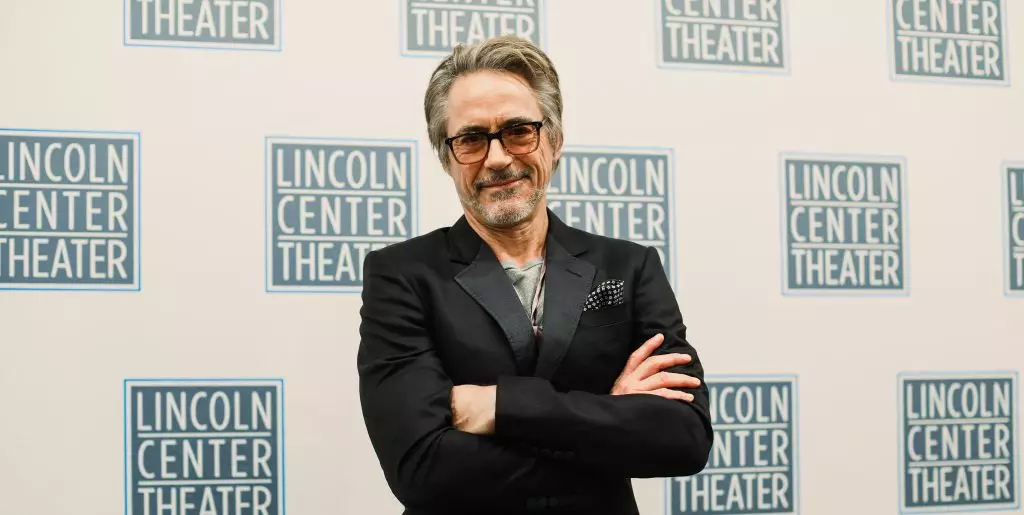In recent years, generative artificial intelligence has made waves across numerous industries, and the entertainment sector is no exception. From creating realistic visual effects to using deepfake technology for resurrecting beloved characters, AI capabilities are transforming the creative landscape. Prominent figures in the industry have voiced varied opinions on this matter, but few have been as outspoken as Robert Downey Jr. The legendary actor, known for his role as Tony Stark in the Marvel Cinematic Universe, has issued a strong warning against using AI to recreate his likeness and character. Downey’s firm stance serves as a crucial reminder of the potential ethical implications that accompany the rapid advancement of technology in artistic fields.
When discussing his views on deepfakes and AI, Downey emphasized the importance of emotional authenticity in acting. He conveyed a somewhat detached stance toward the evolving digital landscape, asserting that his emotional life holds greater significance than the machinations of artificial intelligence. In an era where technology often threatens to displace human creativity, Downey’s commitment to preserving the integrity of his artistic expression illustrates a broader concern among actors and creators alike. He understands that while AI may offer innovative tools, it cannot replicate the profound human experiences that inform great acting.
In his conversation on the podcast “On With Kara Swisher,” Downey articulated a belief that those currently in charge at Marvel Studios wouldn’t exploit his character’s essence, highlighting the close-knit nature of decision-making within the studio. His confidence stems from an intimate awareness of the people behind the scenes. However, Downey is also acutely aware of the changing nature of leadership in the industry. Acknowledging the inevitability of future executives who may wish to utilize AI technology to recreate established characters—potentially for profit—he humorously remarked about his intent to sue them.
Beyond his personal concerns regarding AI’s impact on his legacy, Downey demonstrated a nuanced understanding of the technology’s role in modern-day economics. Speaking about his investments in AI companies, he underscored the importance of ethical considerations when evaluating these projects. His focus on the moral psychology of the individuals behind these technologies speaks to a broader quest for accountability in an industry that can often prioritize profits over principles. Downey’s contemplative approach—asking whether the people involved have sound motives and whether there is something to learn from their ventures—illustrates a responsible mindset that contrasts sharply with the sometimes reckless drive for innovation at all costs.
Despite the apprehensions he has regarding AI’s potential manipulations, Downey also explores the creative possibilities that arise when technology is appropriately leveraged. In his newest project, “McNeal,” he portrays a Nobel Prize-winning novelist harnessing AI to compose a new work. This duality in Downey’s perspective encapsulates the ongoing conversation within the artistic community about balancing innovation with authenticity. His current work has received mixed reviews, yet praise for his nuanced portrayal highlights the fact that even amidst the complex interplay of AI and creativity, human talent remains irreplaceable.
As Downey’s quip about suing future executives illuminated, the dialogue surrounding AI’s role in the arts extends into questions about cultural preservation and legacy. In a world increasingly dictated by digital technologies, the challenge remains: how can we maintain the essence of characters and performers while embracing innovation? Downey’s remarks provoke not only laughter but a serious call to action. If not thoughtfully managed, the capabilities of AI may lead to a world where the soul of performance is diluted or even entirely lost.
Ultimately, Robert Downey Jr.’s perspective serves as a significant contribution to the discussion about AI in entertainment. As we stand on the precipice of what AI can offer, we must remember the human artistry that lies at the center of storytelling. Downey’s warnings should not only be taken lightly—they remind us that while technology can augment creativity, it should never aim to replace the unique human experiences that inform it. The future of acting, storytelling, and cultural representation depends on maintaining that delicate balance.

Leave a Reply